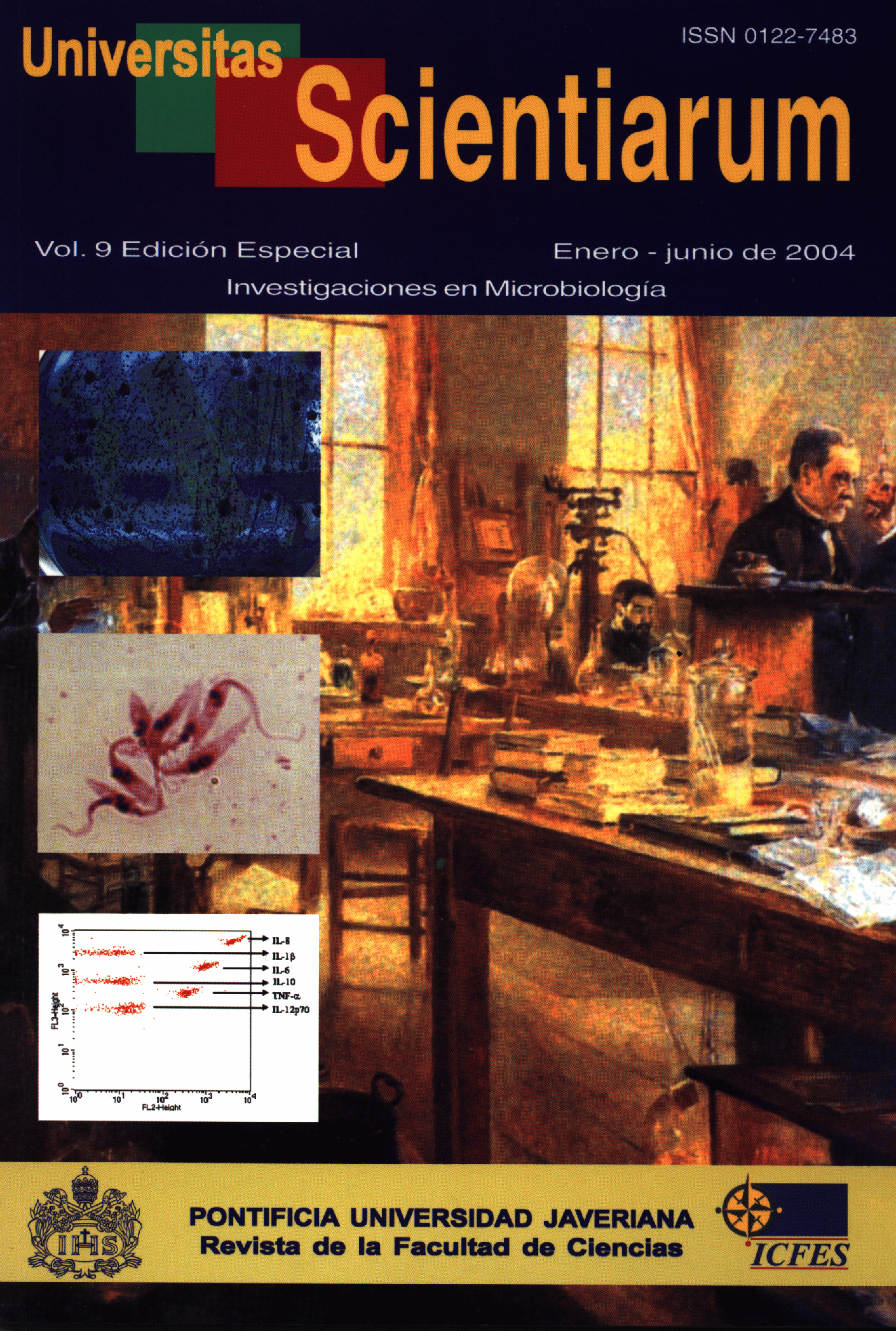Abstract
We carried out the building of one electrolytic cell for production of electrolysed oxidizing (EO) water. We frequently tested pH and available chlorine (residual chlorine). The efficacy of EO water (14 ppm available chlorine and pH 2,7 +/- 0.2) was evaluated with the strain E.coli ATCC 25999 (experiment in vitro). After, to obtain the culture in stationary phase (9 hours) this was subdue to water EO treatment under different exposition times (0, 2, 5, 10, 15 and 20 minutes). The maximum log reduction (11,3 Log 10 CFU/ml) occurred with 20 minutes of exposition. We used lettuce for experiment “In vivo”, we took 10 grams of lettuce and it were submerged in 200 ml EO water during 20 minutes. We did counts mesophilics bacterial, total coliforms, faecal coliforms and moulds and yeast. The results indicated one total elimination of coliforms faecal and total, one log reduction ( 4.16 Log 10 CFU/ml) for mesophilics bacterial and log reduction (3.15 Log 10 CFU/ml) for moulds and yeast.
We probed that the utilization of water EO over contaminated lettuce has microbiocidal effect significative statistically (p:0.0001). We believe that the use this EO water could be a really good option for the clean and disinfections process over vegetables.
Univ. Sci. is registered under a Creative Commons Attribution 4.0 International Public License. Thus, this work may be reproduced, distributed, and publicly shared in digital format, as long as the names of the authors and Pontificia Universidad Javeriana are acknowledged. Others are allowed to quote, adapt, transform, auto-archive, republish, and create based on this material, for any purpose (even commercial ones), provided the authorship is duly acknowledged, a link to the original work is provided, and it is specified if changes have been made. Pontificia Universidad Javeriana does not hold the rights of published works and the authors are solely responsible for the contents of their works; they keep the moral, intellectual, privacy, and publicity rights. Approving the intervention of the work (review, copy-editing, translation, layout) and the following outreach, are granted through an use license and not through an assignment of rights. This means the journal and Pontificia Universidad Javeriana cannot be held responsible for any ethical malpractice by the authors. As a consequence of the protection granted by the use license, the journal is not required to publish recantations or modify information already published, unless the errata stems from the editorial management process. Publishing contents in this journal does not generate royalties for contributors.



